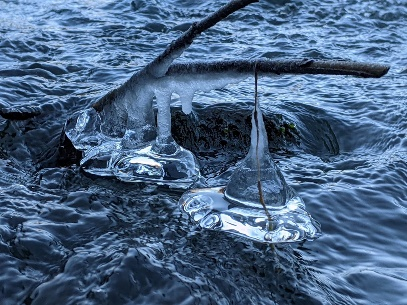SENSAAS
SENSAAS Project
Development of innovative groundwater contamination sensors: impact and challenges for the environment and human health
In this context, the SENSAAS project proposes to develop innovative sensors and measurement methods for quantifying micropollutants of societal interest (microplastics, antibiotics, trace metals) in groundwater:
Development of innovative methods for quantifying microplastic content and composition using relaxometry and pyrolysis coupled with mass spectrometry (Pyro-CG-MS): comparison of results;
Development of molecularly imprinted materials for measuring specific antibiotics (fluoroquinolones, macrolides, sulphonamides): comparison with conventional LC-MSMS measurements and link with the quantification and characterisation of antibiotic-resistant bacteria;
Optimisation of in situ fibre optic deployment to characterise underground flows and quantify metallic micropollutants.
Project leaders: Hélène Celle, Xavier Bertrand, Philippe Amiotte-Suchet, Thomas Karbowiak, Jean-Charles Beugnot, Kien Phan Huy
Teams involved
UMR 6249 Chrono-Environnement (CNRS, UFC) – Project Leader
UMR 6174 FEMTO-ST (CNRS, UFC)
UMR 6282 BioGéoSciences (CNRS, UB)
UMR PAM, Food and Microbiological Processes (AgroSup-Dijon, UB)
The project will be carried out on sites belonging to UFC’s internationally-renowned observation services: Jurassic Karst (SNO Karst, ZAAJ, IR OZCAR, IR ZA, eLTER) and AUVERWATCH (SNO H+, SNO RENOIR, IR OZCAR, eLTER, GNIP-AIEA).




